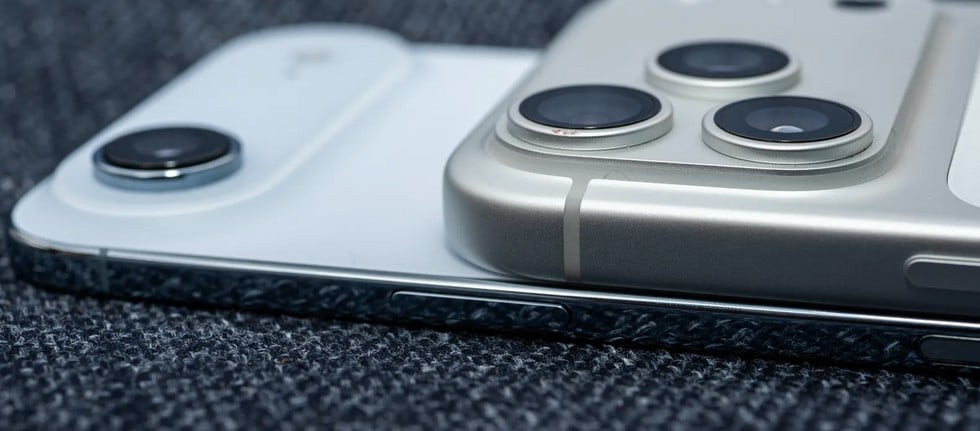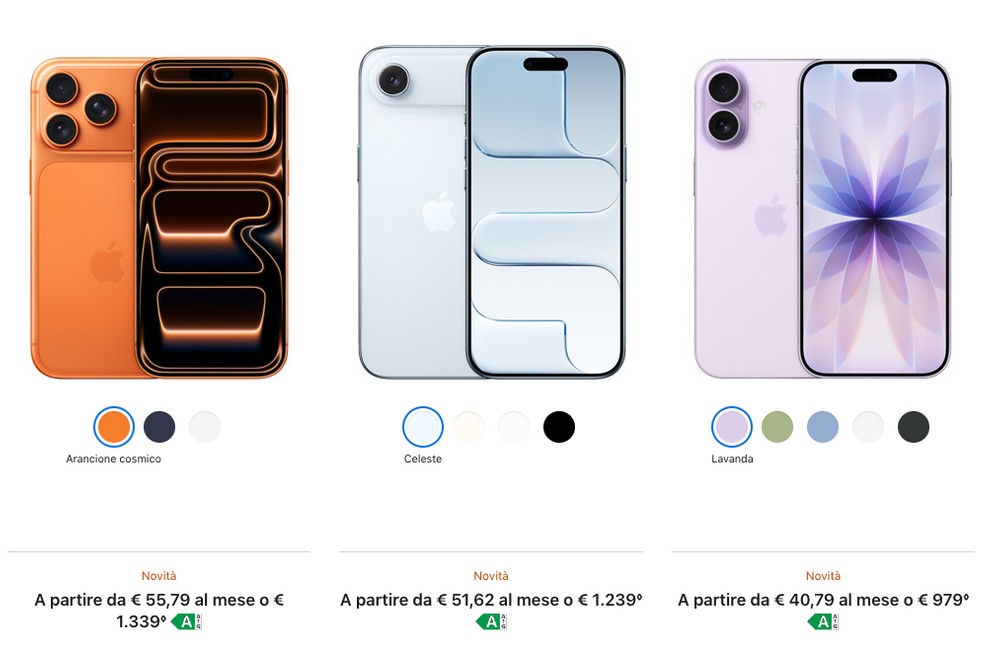
Apple has reportedly decided to remove the second-generation iPhone Air from its development schedule, initially scheduled for fall 2026 alongside the iPhone 18 Pro and the first foldable iPhone. According to The Information, executives informed engineers and suppliers that the new model has been “removed from the schedule” without providing a new release date. This is a “rare, if not unprecedented” decision for a project already in an advanced stage of planning.
The move comes after disappointing sales results for the current iPhone Air, introduced in September 2025 as the thinnest and lightest version ever made in the history of the line. The goal was to offer a refreshed and minimalist design after years of stylistic continuity, but the public does not seem to have appreciated the compromise between aesthetics and functionality.
REDUCED PRODUCTION AND STOPPED SUPPLY CHAI
The Information ‘s sources , three people directly involved in the project, explain that poor market performance has pushed Apple to drastically scale back production. Foxconn has reportedly already shut down its iPhone Air production lines, keeping only one and a half operational, which are set to close completely by the end of November. Luxshare, the other assembler of the model, has reportedly halted production as early as the end of October.
Within Apple, the official communication to engineering teams reportedly confirmed the suspension of iPhone Air 2 development, though it didn’t definitively cancel it. Some working groups and suppliers are reportedly still active on the project, a sign that the company is considering a complete rethink of the device.

The current model, at just 5.6 mm thick, represented a remarkable engineering feat but also a delicate balancing act: the smaller battery, mono audio, and single rear camera limited its commercial appeal. The starting price of €1,239, just €100 less than the iPhone 17 Pro, further limited customer choice.
A PROJECT NOT COMPLETELY SHOVELED
The second-generation iPhone Air was expected to introduce substantial improvements: an even lighter body, a larger battery, and a vapor chamber cooling system , the same one already implemented on the iPhone 17 Pro models. Some industry rumors also indicated the possibility of a dual rear camera , a solution that would have addressed one of the main shortcomings of the current model.
However, an increased battery and the addition of a vapor chamber would make it more difficult to maintain the same thinness , which is why some observers believe Apple may radically rethink the design, even if it means abandoning some of the original aesthetic. The Information suggests that the device could be undergoing a major overhaul, and that its relaunch could take place no earlier than spring 2027.
THE HYPOTHESISED ROADMAP
THE HYPOTHESISED ROADMAP
The new internal schedule now calls for a double release cycle for the future iPhone 18 range. The iPhone 18 Pro, iPhone 18 Pro Max, and the first foldable iPhone are expected to arrive in fall 2026 , while the iPhone 18 and iPhone 18e are expected in early 2027. It is in this second window that Apple could also place the revamped iPhone Air, if the project were to be confirmed.
The iPhone Air was made exclusively in an eSIM version, without the traditional physical tray for the SIM card. Sales in China began after regulatory approval was granted in October , which authorized local carriers to officially offer the service. However, even this opening did not significantly impact overall sales performance.
A NON-RAND CHOICE OF NAME?
The choice of the name “Air,” already used for Macs and iPads to evoke lightness and a refined design, would have responded to the same logic: to differentiate the product from the rest of the range without committing to a new stable series. The iPhone Air would therefore have been conceived as an isolated experiment, with the possibility of becoming a standalone line only if successful. A prudent strategy, which today would appear fully consistent with the decision to suspend its development.

